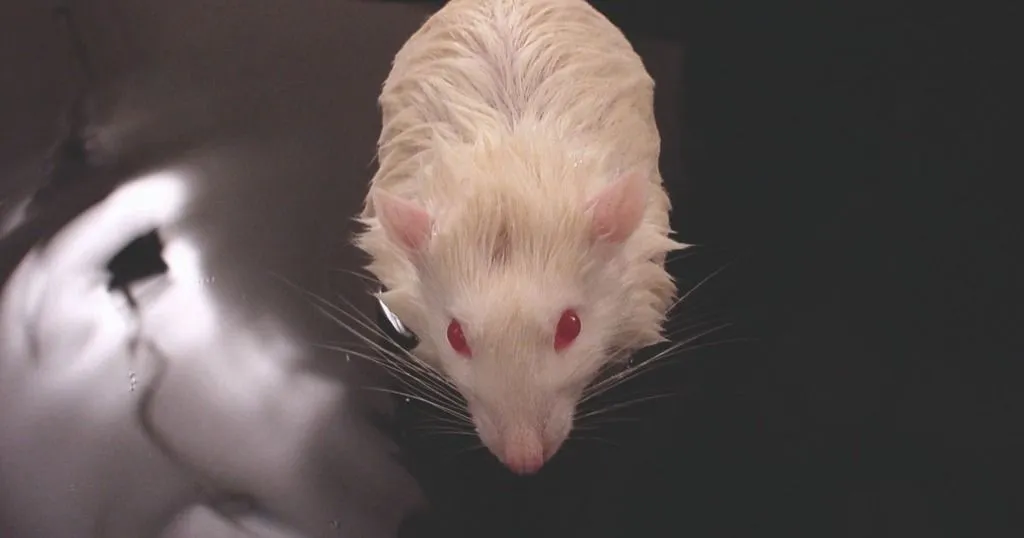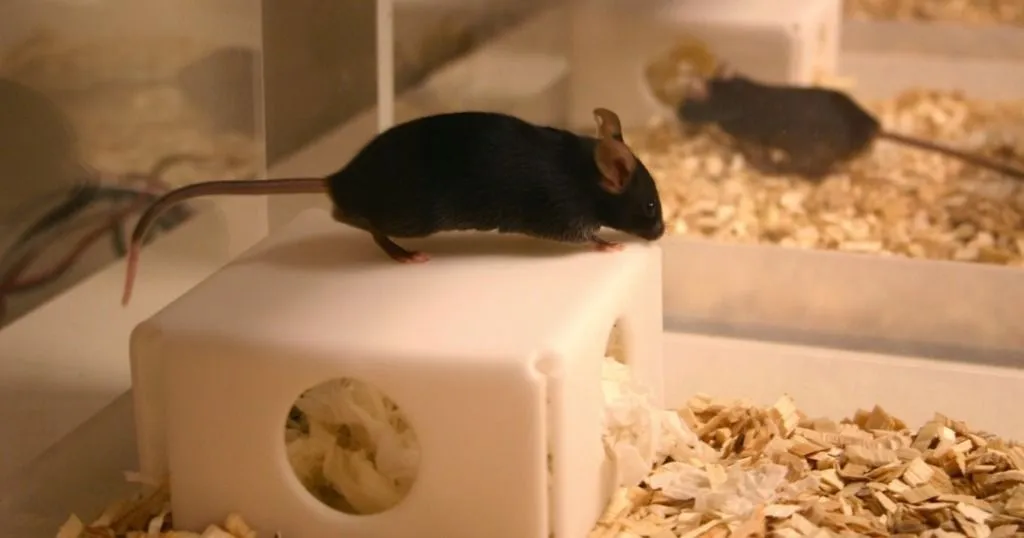NIH Grant Writing Series: Insider Tips for Funding Success - Part 3
In NIH grant writing, your collaborators can make or break your proposal. Learn how to choose the right team - those who bring expertise, credibility, and real value to your research and your reviewers.
Posted by
Published on
Wed 30 Apr. 2025
Topics
| Behavioral Research | Neuroscience | Psychology | Grants | NIH |

Writing a NIH proposal: Advice from an expert - Part 3
In our continuing series, Dr. William Gerin, author of Writing the NIH Grant Proposal: A Step-by-Step Guide, Third Edition (Sage Publishing), gives his expert advice for writing a successful NIH proposal.

Preparation: Finding Collaborators
We are going to talk about how to go about finding people to collaborate with. Finding the right people is crucial to getting funded! And it is not always obvious.
Collaborators can help in many ways. They may bring name recognition to the proposal; they will take some of the burden of writing the proposal off your shoulders, and they can help you conduct the study and help you write papers. You may regard publishing your findings as so far in the future you don’t need to worry about, but when selecting co-investigators, be thinking ahead about future publications may have an influence on your design – the outcome measures you plan to use, for example.
So then, who do I want to invite?
You’ll need to find people in your area, or related ones, to work with. Collaborators are often necessary to provide expertise that you may not possess, but which the reviewers will expect to see. Thus, you may not be an experienced statistician but, for almost all NIH proposals, you will need to lay out your data analysis plan. For example, let’s suppose you are writing a proposal to fund a clinical trial. How many subjects will you need to detect effects? I have written a few proposals for clinical trials; I know my business, but I did not have the skills to compute a sample size, I needed to have a statistician to do the power analyses.
Hint: Writing a proposal can strain relationships. One of your criteria for inviting people on to your grant is: Will you be able to work with them once you are funded?
Who am I looking for?
It is tempting to invite your friends onto the grant, and that is often a good way to select co-investigators, as long as they will be seen by the reviewers as good pick. But you want to evaluate whether a given individual will be your friend by the end of the process! Sometimes, things go south.
Beware: Once you have invited someone, and then you find that things have changed such that you no longer need that person, it is very awkward to have to uninvite them.
Write better proposals
Get your free guide here
We offer resources to locate funding sources and assist with the grant writing process, with no cost or commitment to you!
The reviewers want to know if you can carry out the study you have proposed. If you are a new investigator, the reviewers will want to see that you have senior faculty on your team to back you up. It will give them confidence in your ability to competently carry out the procedures necessary to run the grant. These are smart people, and they’ll ding you if they see individuals listed as co-Is who are unnecessary, and they’ll ding you if they don’t see individuals that you will need to serve an important role. In the next chapter, we will continue this discussion, as the picking of collaborators is a vital part of the process, and picking the right ones will help you get funded!
Grant Assistance Program
We can provide guidance on developing behavioral protocols, performing behavioral tasks, or making the most out of your Noldus system.
Learn more about our Grant Assistance Program.
Related Posts

Does well plate size matter? A methodological study in zebrafish

EthoVision XT and the Morris Water Maze: expert tips and tricks
